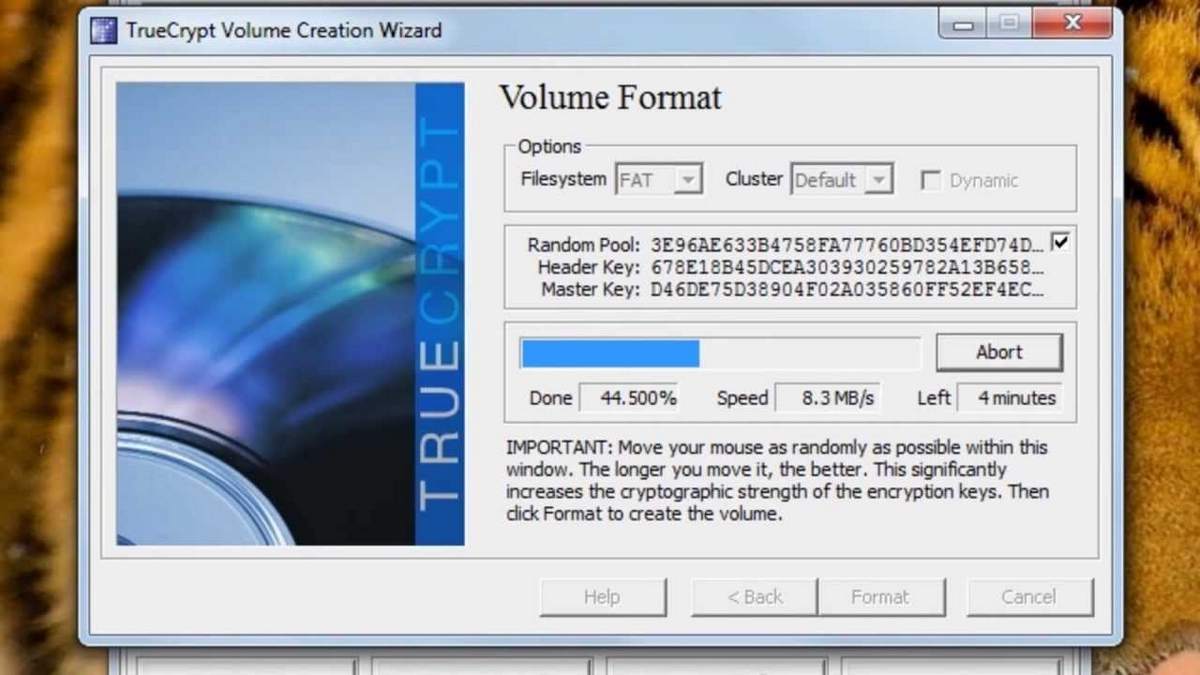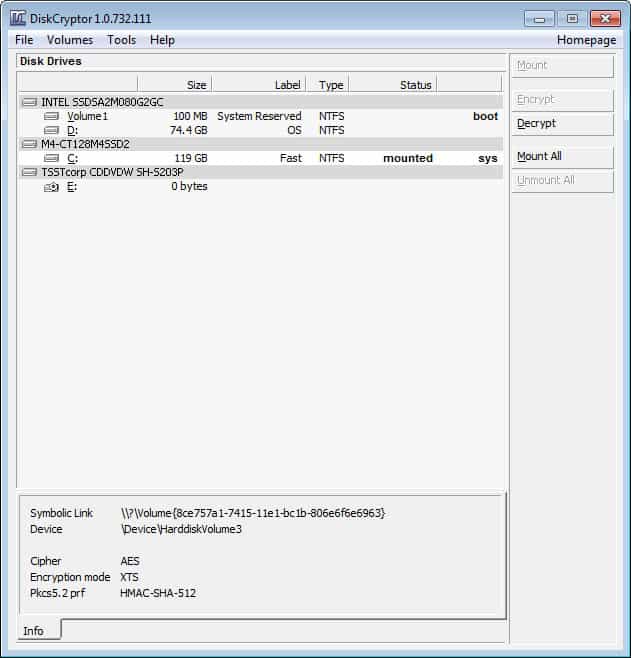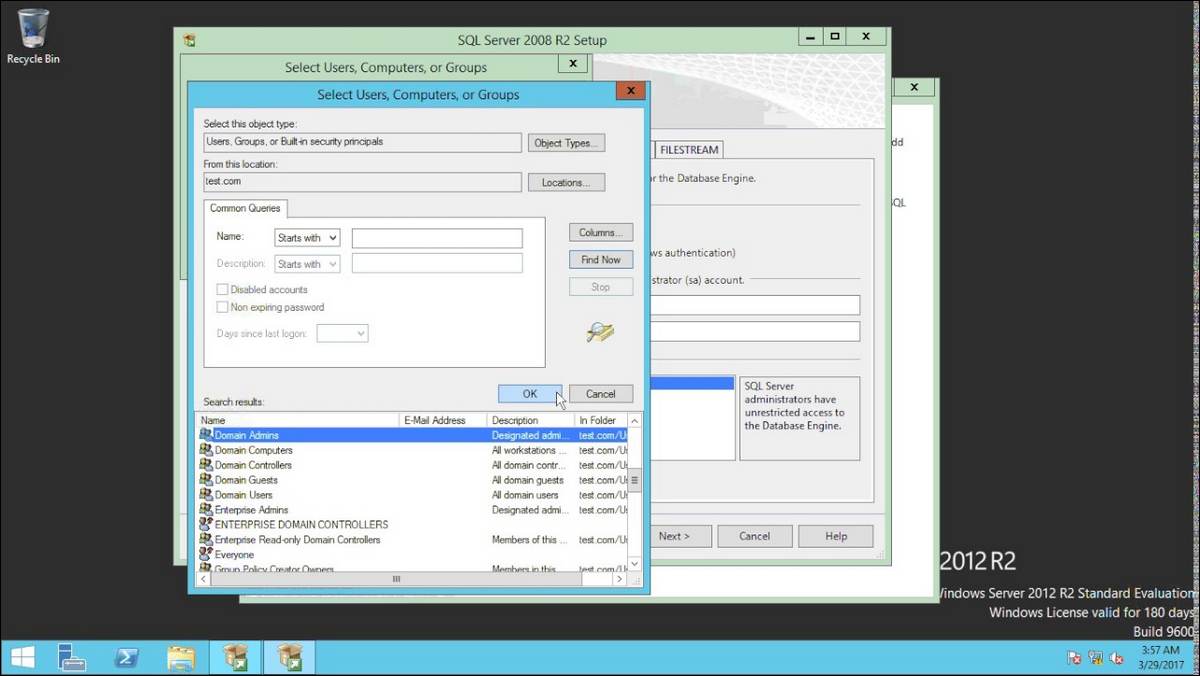
It’s worth mentioning that although TrueCrypt has discontinued development, the last version released (7.1a) is still currently being used by a lot of people. This means that as a Windows user, you’d be able to create a hidden encrypted operating system within your hard drive that can be plausibly denied. This feature allows you to create a virtual volume within another volume.

One of the most unique features of TrueCrypt is that it included a unique feature called Plausible Deniability. Many users became fond of TrueCrypt as it offers an excellent way for encrypting your whole disk or information from prying eyes. TrueCrypt is mainly known for its ability to create virtual encrypted disks either within a file, in a partition, or with an entire storage device. The existing versions 7.1a (still in use) and 7.2 (only for decrypting) are available for Windows, macOS, and Linux operating systems.

You should, however, understand that although TrueCrypt has discontinued its service, its source code is still available for use and this has led to the development of many alternative programs. Whether this was the reason behind TrueCrypt’s demise, we’ll never know. Shortly before the software was discontinued, there was a crowdfunded security audit of the TrueCrypt source code that revealed although the software had no intentional backdoors and was well programmed, there were incautious coding flaws present. With TrueCrypt offering no explanation as to why they suddenly closed shop, leaving most users stranded, there have been a handful of speculations from different online communities.įor instance, some suggested they may have been bought off by Microsoft, which owns BitLocker, while others speculated that there was an NSA backdoor in their source code that was about to be discovered. It allows for management via a centralized dashboard and multiple recovery modes to keep your data safe and accessible.


Owned by the security giant with the same name, Symantec Drive Encryption is provided on a per-license basis and is available for Windows, macOS, and Linux based systems.


 0 kommentar(er)
0 kommentar(er)
